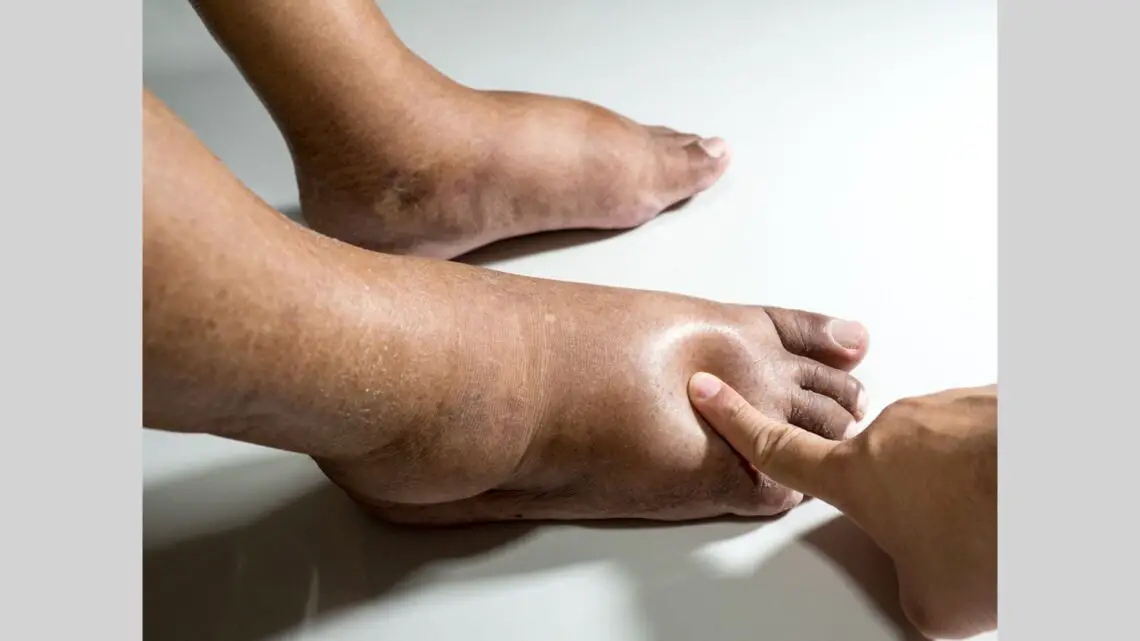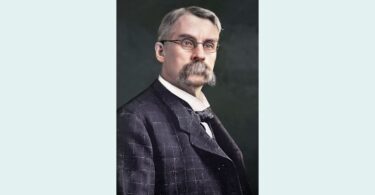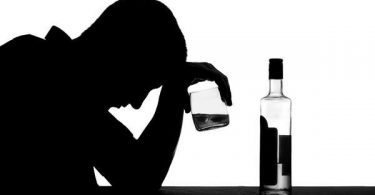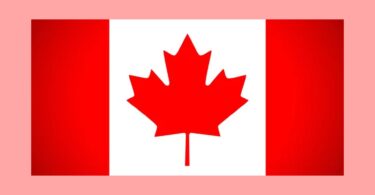I was perhaps in my mid-twenties, deep into an existential crisis regarding my lack of clear vocational direction, when I heard another passenger on the Greyhound bus I was riding say that he was a “healer.”
Something about that both intrigued and bothered me. It seemed both noble and conceited at the same time. Doctors and nurses are professionals with well-worn educational and credentialing paths, with social status and defined roles. But what, exactly, was a “healer”? Images of shamans, witches, and medicine bundles came into my mind, but I had no clue as to what a “healer” in our contemporary culture could be. To proclaim one’s self as a healer appeared to jettison as irrelevant these established vocations to go directly to the point of it all. Could that really be possible?
I confess I still am uncomfortable with using the word “healer” to describe a person’s vocation: the act of healing, it seems to me, comes from a transcendent force and power within and inherent to each person. However, there are certain qualities, skills, knowledge sets and practices that we can cultivate to enhance each other’s capacity to heal. Therapists of all types catalyze healing in their patients by creating a healing space and practice which optimizes the power of that healing force to overcome disease.
A powerful way to accomplish this is through Noetic Mirroring. Noetic is a lovely word derived from the Greek noetikos, meaning inner wisdom, direct knowing, or subjective understanding. Mirroring, of course, is the action of reflection. Thus Noetic mirroring refers to the art of reflecting back to the patient their inner wisdom, their subjective experience, and the contents of their consciousness. One familiar way to do this is through spoken language. Active listening, counseling, psychotherapy all rely on this basic principle.
But as increasing numbers of psychotherapists are discovering, language has limitations. Illness rarely confines itself to the mind and to accessible reaches of the psyche. When an individual is stressed or traumatized the body and soul are also affected, and, in fact, carry wounds, shame, memories, and feelings of inadequacy more persistently and deeply than conscious awareness. These seeds of disease become woven into the stories of our cells, the songs of our DNA, the lyrics of our genes, and can pass down to successive generations, hidden from the gaze of conscious awareness.
This may seem to suggest that our physical body takes on disease when our psyche is unable to cope with experiences it encounters in life. But developments in quantum physics point towards a radically different, paradoxical truth. Our bodies, right from the beginning, are reflections of our minds, and both develop under the influence of a morphogenetic field connecting us to some essential aspect of the universe with which we are embedded. We will return to the idea of morphogenetic field in just a moment. But first let’s stay with the revolutionary, mind-blowing revelations of quantum physics.
David Darling puts it this way:
Out of the heart of quantum mechanics, that most basic branch of science, has come the realization that consciousness can never be divorced from matter, that every aspect of the universe—and indeed, the universe as a whole—has both an objective and a subjective nature. “Things” have no reality independent of their location in experience; they require the intimate involvement of mind to be given substance. And so, quantum physics insists, consciousness has to be seen in a radical new light—not as some quirky, local by-product of matter, but as the very groundswell of creation. (1)
Creation is not just “out there”. It is US! As goes our consciousness, so goes our body! This is not a simple argument for the value of positive thinking; far from it. It is a statement about the unity of mind and body, and that dis-ease in one is usually matched by disease in the other, and that both mental and somatic disease are rooted in a deeply embedded field of meaning that is beyond the reach of conscious awareness.
The process of mirroring seems to be a fundamental aspect of subjective experience. It is essentially the same phenomenon described by Carl Jung as synchronicity, the co-occurrence of events linked not by causality but rather by the attribution of meaning. The practice of linking events through shared meaning rather than by causal reasoning is one that doesn’t come naturally to us. We are all steeped in a culture which prizes logical, reductionist reasoning. And this kind of seeking after causes has served humanity superbly, just as Newtonian physics and common sense reasoning help us navigate everyday life. But if we allow ourselves to make connections through intuition, associative reasoning, and pattern recognition, we stand to gain remarkable insights about our subjective experiences.
One fascinating variant of mirroring is the correlation of inner conscious states with outward events. Let me relate how a patient described with alarm as well as wonder a case of this: He was deeply traumatized by the sudden appearance of secret service, police, and FBI outside his apartment with guns drawn, and a warrant for his arrest. Due to an instance of mistaken identity, he was charged with bank robbery and subjected to months of investigation and legal turmoil before he was ultimately cleared of all charges. This strange turn of events in my patient’s life was underlined by his description of what he was doing at the time of his arrest: he was watching a movie about a man who was a bank robber. At the moment the “feds” surrounded his residence he was just at the point in the movie where the robber was being marched off to jail, and the patient was breathing a sigh of relief that it wasn’t him in the movie!
The living universe is far more paradoxical and mysterious than we can comprehend. Commonsense notions that physical objects have a solidity or reality independent of consciousness, that events in one location can only influence events in another location if there is time for a signal to travel between the two locations at no faster than the speed of light, or that every event can be fully accounted for by previous events and causes, have been thoroughly debunked by quantum physics. The basic building blocks of the universe are more like Alfred North Whitehead’s “throbs of experience” than material atoms. (2)
Grasping this is essential to practicing the art of healing, for if we approach the mind or body as distinct, separate spheres of disease, or if we try to force the brain or body to comply with our ideas of proper functioning with material, chemical means we will forever fail to reach the deepest source of the trouble.
Now let’s return to the idea of morphogenetic fields. The physicist Rupert Sheldrake says:
“Natural systems, or morphic units, at all levels of complexity — atoms, molecules, crystals, cells, tissues, organs, organisms, and societies of organisms — are animated, organized, and coordinated by morphic fields, which contain an inherent memory. Natural systems inherit this collective memory from all previous things of their kind by a process called morphic resonance, with the result that patterns of development and behavior become increasingly habitual through repetition. There is a continuous spectrum of morphic fields, including morphogenetic fields, behavioral fields, mental fields, and social and cultural fields.” (3)
Morphogenetic fields are invisible organizing patterns that act like energy templates to establish forms on various levels of life. It turns out that each of us is shaped by at least one of these fields: the contents of our consciousness, the parameters of our physical being, and the tendency towards certain vulnerabilities, sensitivities, capacities, and deficiencies. The morphogenetic field which shapes your experience is also a field which has shaped something else in the universe: an element or plant, for example, or an animal or imponderable energy, such as moonlight or the color orange. We are not separate from the cosmos: we are enfolded in it as much as a thread is part of a quilt, as inseparable as a wave from the ocean. Thus, if a homeopath can identify the material or energetic representative of the morphic field in which you are enfolded, he or she can create a noetic mirroring which will optimize your chances of healing.
This is what a homeopathic remedy ultimately is: a map of your “throb of experience”, elaborated and differentiated into a morphogenetic field, unfolded like a map, and linked to a pellet or drop of water. Remedies are imprints of these informational fields, capable of touching, catalyzing, energizing, and guiding your latent vital energy towards healing.
Noetic Mirroring, therefore is the act of presenting to Pure Awareness (Consciousness), the archetypal image of the shape of the contents of consciousness, which leads not to an annihilation of this archetypal image, but rather to a refinement, perfection, and integration of the wisdom contained therein in the lived experience of the patient.
The discovery and practice of homeopathy has been the most significant revelatory experience of my life: it has opened my eyes to the deeper, mysterious nature of being. Yet I ask myself: if noetic mirroring can trigger such profound healing at the individual level, mustn’t there be some equivalent and yet as-of-now untapped way of healing our collective malaise? Of healing our increasingly traumatized planet?
Just as individuals become disordered and diseased in a way which mirrors their experience in life, collectives can also demonstrate vibrational or energetic patterns which point to an underlying disharmony. Take, for example, the global flu pandemic of 1918: World War I, which engulfed Europe and then the entire world, and left more than 16 million people dead, finally ended in November, 1918. Never before had humanity unleashed such deadly technology against itself on such a horrific scale.
Yet during the same year in which the calamitous “Great War” reached its end, a conclusion that would lay the groundwork for an even greater global conflagration and holocaust twenty years later, an infectious plague caught fire that also afflicted the entire globe, and resulted in the deaths of 50 to 100 million people. The mirroring of diseased global geopolitics with an infectious pandemic is reflected in the unusual demographics of the epidemic. While most influenza outbreaks have a U-shaped mortality rate, disproportionately killing the very young and the very old, with higher survival rate for those in-between, the 1918 pandemic had a W-shaped mortality rate, with a higher than expected mortality rate for young adults, the same cohort that was sacrificed by the powers that be to the mayhem of chemical warfare, trenches, and massive artillery and cannon. (4) One might reasonably say that the H1N1 virus, rather than simply being a cause of the pandemic, was a willing participant in mirroring back to humanity its collective disregard for human life, especially in that age group.
How can we apply our newer yet fragile understanding of these deep truths to collective and global disease? How can we noetically mirror the disease of our nation, and of our planet, in such a way that healing and integration will occur? This is the frontier upon which humanity stands, and a challenge which homeopathic medicine and its practitioners have yet to respond to.
Footnotes:
- David Darling. Zen Physics: The Science of Death, the Logic of Reincarnation. 1996. Harper Collins. NY. P. 175.
- Shimon Malin. Nature Loves to Hide: Quantum Physics and the Nature of Reality, a Western Perspective. 2001. Oxford University Press.
- Rupert Sheldrake, cited in
- Wikipedia







Hi Doug
I love what you are saying. The idea of noetic mirroring to the collective, or even to the legislators is interesting. Jung talked about the need for a myth for modern man, as you know. Here is the link to a presentation I made, which resonates with what you are saying. Youtube LInk
All the best
Nick
Truly wonderful. This article should be publicised much further to help counteract the current anti-homeopathy lobby. We need to show people that there is another way of looking at disease rather than the purely scientific.